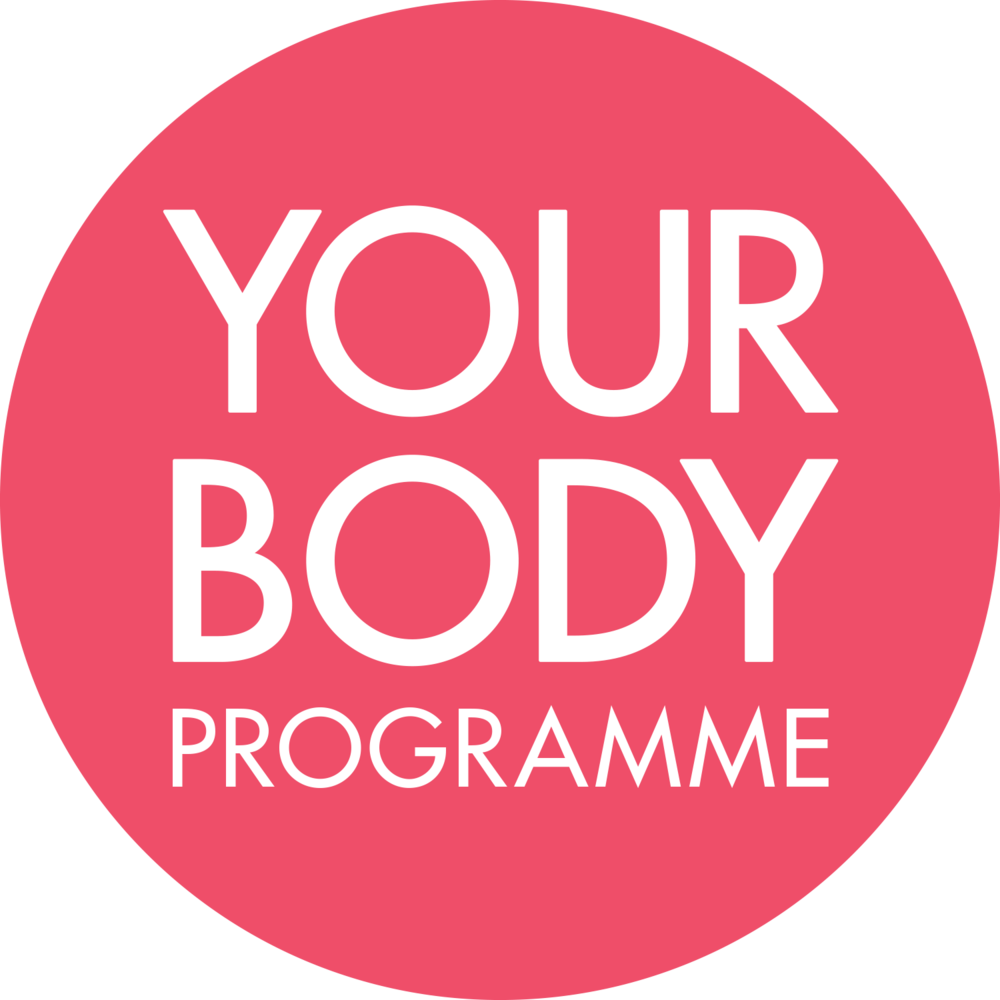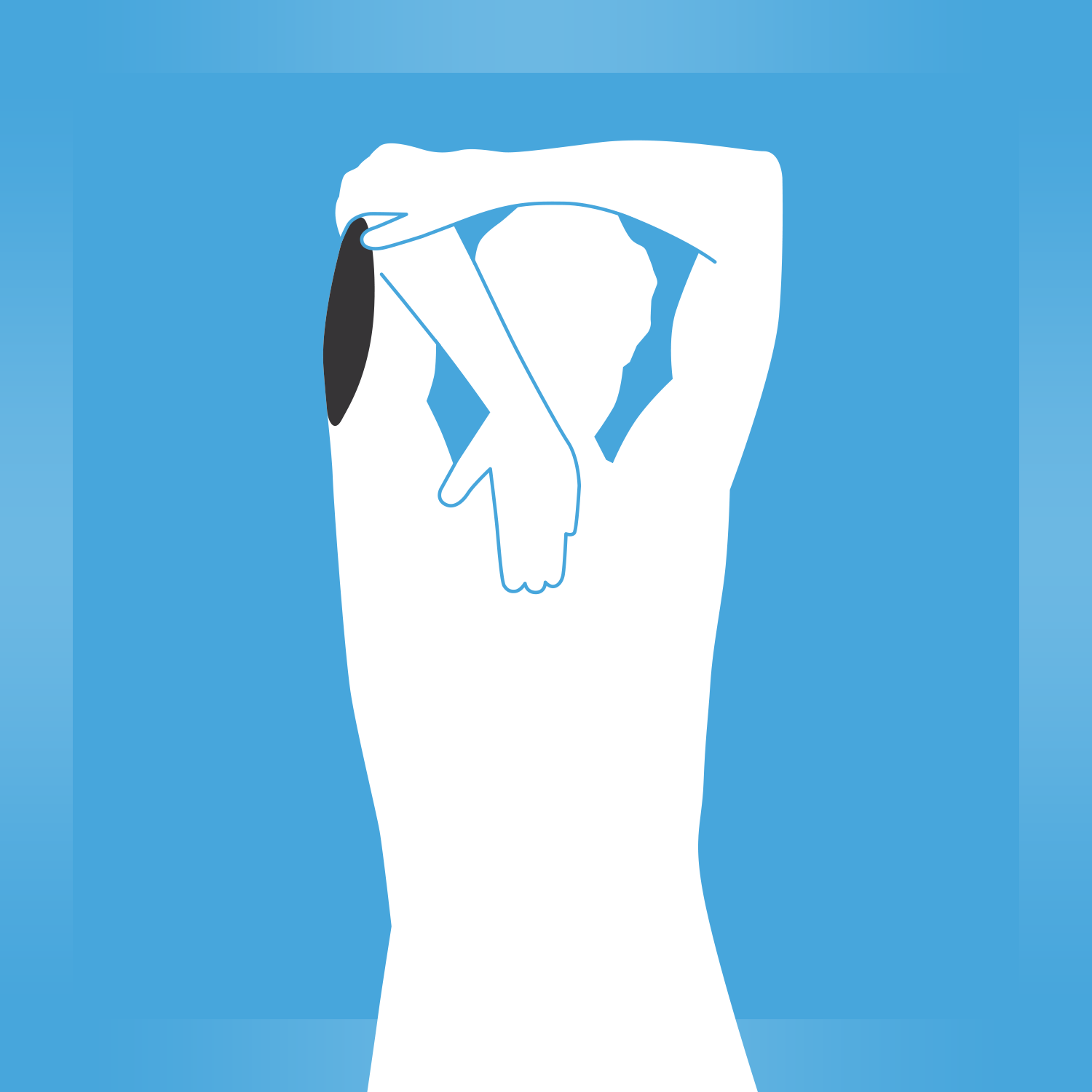BODY-TYPE EXERCISE / INFO
You are an Endomorph on a fat loss programme. Fortunately your body-type can maintain muscle due to having a high percentage of fast twitch muscle fibre. This muscle mass keeps your metabolism firing, which will in turn help you to lose fat. The more muscle you have, the more fat you burn.
Generally Endomorphs have a slower metabolism, which makes it harder to lose fat. Therefore the majority of your exercise plan consists of cardio training rather than resistance. Your cardio will be in the form of high intensity interval training to help increase mitochondria (where fuel is burnt producing energy). The more mitochondria you have, the more fat you burn. High intensity training will also have the effect of increasing your metabolism, which results in burning more calories over the next 24-36 hours. This is why it is important to keep up the frequency of your training sessions, so try not to have more than one consecutive day off.
The type of movement you will be performing on a fat loss programme will consist of compound exercises. These are big movements which use lots of muscles at once therefore burning more calories, speeding up your metabolism and creating the correct hormonal response (boosting growth hormone and testosterone) We also keep the tempo and intensity of your workout higher and the rest periods shorter than any other goal, for the same reasons as previously mentioned. As an Endomorph you will be working at a higher rep range than any other body-type, you will have less rest periods and your cardio workouts will be longer in duration.
At YBP we have researched and created the perfect ratio of resistance and cardio workouts for your body-type on a fat loss goal. We have specified how often to perform these workouts to get the best results. Every month the training concept will change (the concept is the way in which you perform your workouts). Within your concept we have tailored and specified the exact sets, rep ranges, duration, tempo, rest and intensity.
MONTHLY WORKOUT SCHEDULE
Below is our recommended order and number of workouts. Try to stick as close to this as possible. Always keep the order of the workouts the same even if you have to take days off. Ideally do not have more than one day off in a row.
| Day 1 | Cardio | Day 15 | Cardio |
| Day 2 | Workout One | Day 16 | Workout Two |
| Day 3 | Cardio | Day 17 | Cardio |
| Day 4 | Rest | Day 18 | Rest |
| Day 5 | Workout Two | Day 19 | Workout One |
| Day 6 | Cardio | Day 20 | Cardio |
| Day 7 | Rest | Day 21 | Rest |
| Day 8 | Workout One | Day 22 | Workout Two |
| Day 9 | Cardio | Day 23 | Cardio |
| Day 10 | Workout Two | Day 24 | Workout One |
| Day 11 | Rest | Day 25 | Rest |
| Day 12 | Cardio | Day 26 | Cardio |
| Day 13 | Workout One | Day 27 | Workout Two | Day 14 | Rest | Day 28 | Rest |
DYNAMIC WARM-UP
The warm-up is to mobilise and prime your body, it should be specific to the exercise you are about to perform. We recommend 5 mins of gentle cardio to increase body temperature and blood flow to the muscles. Follow this with movements that mimic your exercises but at a slower pace with reduced intensity.
Try our basic warm-up or advanced version with a medicine ball.
RESISTANCE WORKOUT ONE
This concept is called Circuits. Perform 7 exercises back to back (15 reps), with minimal rest between each exercise. This constitutes a set, at the end of the set rest for 3 mins. Perform 4 sets in total. Remember to keep the weights heavy and challenging to elicit the correct hormonal and metabolic response.
EXERCISE CONCEPT – CIRCUITS
| Exercises in each set | 7 |
| Reps | 15 |
| Sets | 4 |
| Rest between sets | 3 min |
Before commencing your workout click here for technique advice on some of the big exercises.
LUNGE — Dumbbells
Stand with your feet hip width apart and hold dumbbells in each hand. Lunge forwards keeping the body in an upright position, step together and then take the same leg straight back behind you into a backwards lunge. Step together and continue the movement.
PRESS-UP
Begin in a press-up position, hands just wider than shoulder width and arms extended. Bend the arms, elbows flared to the side slightly and lower yourself until your chest is just off the floor. As you extend the arms rotate the body and raise 1 hand to the sky. Repeat other side.
STATIC JACK — Medicine Ball
Sit upright with your knees bent and feet on the floor. Hold a medicine ball in both hands with the arms slightly bent and lean backwards engaging the core. Rotate the torso taking the ball side to side, keep the chest lifted and navel drawn to spine.
SQUAT — Kettlebell
Stand feet shoulder width apart and hold a kettlebell in both hands to your chest. Perform a deep squat with your weight placed into your heels. As you straighten the legs, extend the bell overhead maintaining neutral spine.
CLIMBERS
Begin in a hand plank position with your shoulders over your wrists. Engage your core and use the abdominals to draw a knee up to your chest allowing your back to curve. Return to neutral spine as you join the feet and alternate legs.
DEADLIFT — Kettlebell
Stand feet shoulder width apart, bend the knees, hinge from the hips and take hold of the kettlebell in both hands. Perform a deadlift by pressing the feet into the ground and straightening the legs. Do not let the lower back round, maintain neutral spine. Lower under control.
AEROBIC / SQUAT JUMP
Begin standing with your feet together, jump and land in a wide squat with the feet and knees turned out slightly. Jump back together, keep the movement continuous.
RESISTANCE WORKOUT TWO
Perform this workout with the same exercise concept as workout one.
AEROBIC / ANKLE TOUCHES
Begin in a plank position on your hands. Lift your hips, keep your legs straight and reach a hand backwards to touch the opposite ankle. Return to the plank position and repeat to the other side.
CHEST PRESS — Bench / Dumbbells
Lie on a flat bench and hold dumbbells with your arms fully extended in a vertical line. Lower the dumbbells towards your chest by bending your elbows, allowing the elbows to flare out to the sides. Press back to full extension.
LATERAL FLEXION — Dumbbell
Stand feet shoulder width apart and hold a dumbbell in one hand. Laterally flex the body, lowering the dumbbell towards the floor, then pull over to the opposite side keeping your core engaged and shoulders retracted.
SQUAT — Dumbbells
Stand with your feet shoulder width apart and dumbbells in each hand, held to the shoulders. Squat and push through the feet into a high jump, land back into a squat position and continue the movement.
ROW — Dumbbell
Begin in a long lunge position with the back leg extended, and hold a dumbbell in the opposite hand to front leg. Lean your torso forwards creating a straight line from head to toe. Bend the elbow and pull into a row. Keep the elbow close to the body then extend the arm.
HAMSTRING CURL — Swiss Ball
Lie on your back with your knees bent, feet on a swiss ball and arms by your side. Raise your hips then extend the legs rolling the ball away. Bend the knees and draw your feet towards your bottom, rolling the ball towards you. Lower the hips to the floor.
AEROBIC / BURPEE
Jog on the spot 8 times as fast as possible then place your hands on the floor and jump your legs back into a plank position with your body extended. Jump your feet back towards your hands and begin again. Keep the movement as fluid as possible.
CARDIO WORKOUT
The cardio workout is split into 3 sections: Intervals, lactic acid removal phase, followed by a repeat of the intervals. You can use any piece of cardio equipment such as the cross trainer, treadmill, rower, bike or skipping rope. You can also combine equipment rather than performing the entire workout on one machine.
Intervals (pre LAR phase) – perform the required number of intervals. The sprint phase should be performed at 100%, the highest intensity possible and the rest phase should be performed at a low intensity to recover. For example on a cross-trainer increase the speed for the sprint phase then bring it back down on the rest phase, allowing you to recover.
Lactic acid removal phase – work at a consistent pace, but to the maximum intensity possible (you should not be able to hold a conversation) yet able to sustain it for the required length of time. The time is stated in minutes below the first table.
Intervals (post LAR phase) – perform the intervals again with the same format as the first section.
Enjoy!
CARDIO CONCEPT
| Number of Intervals | Sprints | Rest |
| 10 | 15 sec | 45 sec |
| Lactic Acid Removal Phase - 16 minutes | ||
| 10 | 15 sec | 45 sec |
| Total Workout Time - 36 minutes | ||
CARDIO EQUIPMENT
This video shows examples of cardio equipment to use when perform your interval training.
STRETCHES
Hold each position for 1 minute and increase the length of time on particularly tight muscles.
GLUTES & BACK
Lie on your back with your arms stretched out wide, take one knee across your body and apply gentle pressure drawing the knee towards the floor.
GLUTES
Lie on your back and place your foot onto the opposite knee. Press the top knee outwards as you clasp the underneath leg and draw it towards you.
BACK
Sit back onto your heels and simultaneously reach your hands forward with your forehead resting on the floor.
ABDOMINALS
Lie prone (on your front) and place your hands beneath your shoulders. Press into the floor, straighten your arms and raise your body.
HIP FLEXOR
In a half kneeling position tuck your pelvis under, squeeze your glutes and press your hips forward.
QUADS
Draw your foot towards your bottom. Squeeze your glutes, tuck your pelvis under and keep your knees together.
HAMSTRINGS & CALF
Raise your foot onto a surface and lean your body forward. Flex the foot bringing the toe towards you.
CALF
Lean into a wall, extend the back knee and press the heel into the floor. Ensure both feet are in a parallel position.
LATERAL
Place one foot behind the other and reach the same arm (as back leg) overhead. To increase the stretch lean laterally.
UPPER BACK
Place your hands together and reach forward. Drop your head between your arms and curve your upper back.
CHEST
Place your forearm onto a wall, creating right angles at the shoulder and elbow joints. Apply pressure into the wall and turn your torso away.
TRICEP
Take one arm overhead and bend at the elbow. Apply pressure with the opposite hand and keep the head raised.
ALTERNATIVE EXERCISES
Use this section to replace specific exercises in your programme which do not work for you. This may be due to not having the correct equipment, the exercise being too challenging / not challenging enough, or possibly due to an injury. Click on the links below to find alternative exercises for the same body part or movement.


































